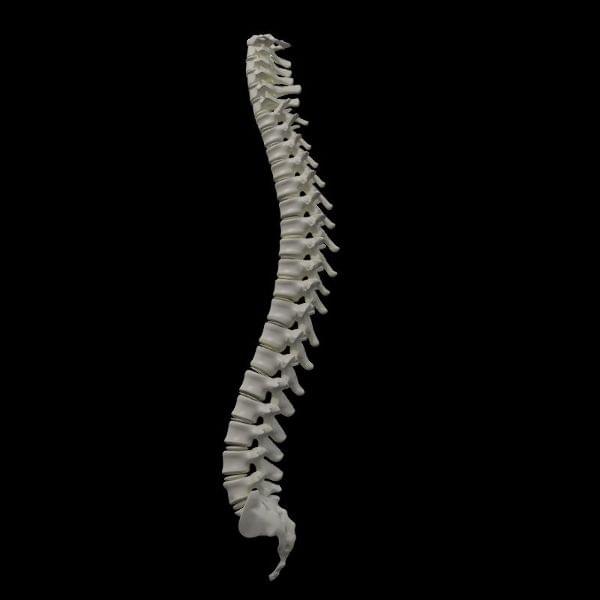
What Is Spinal Stenosis?
Spinal stenosis refers to the narrowing of the spinal canal, which puts pressure on the spinal nerves and leads to various symptoms. It most commonly affects the lumbar region and tends to develop with age.
What Are the Symptoms?
-
Pain and cramps in both hips and legs when walking or standing
-
Shortened walking distance
-
Relief when bending forward and discomfort when standing upright
-
Pain radiating from the hip to the heel in one leg
Causes of Spinal Stenosis
-
Congenital Narrow Canal: Some individuals are born with narrower-than-normal spinal canals, increasing their risk of developing spinal stenosis with age.
-
Degeneration: With aging, spinal discs shrink, the space between vertebrae narrows, and bony outgrowths may protrude into the canal.
-
Spondylolisthesis (Vertebral Slippage): One vertebra slips over another, narrowing the spinal canal.
-
Herniated Disc: Sudden trauma or heavy lifting can lead to large herniated discs, compressing the spinal canal.
Treatment Methods
Non-surgical options are usually considered first:
-
Medication: Anti-inflammatory drugs and pain relievers are prescribed.
-
Physical Therapy: Helps improve flexibility, strength, and condition for easier daily activities.
-
Spinal Injections: Corticosteroid injections such as epidural injections may be recommended.
Surgical Treatment and Outcomes
Surgical treatment depends on the severity and cause of the stenosis. Minimally invasive procedures with small incisions are often used. Microscopic surgery allows both sides of the canal to be decompressed through a unilateral approach. This method is safe for elderly patients and those with chronic conditions such as diabetes, hypertension, or heart disease.
In cases involving vertebral instability or multilevel stenosis, open surgery is performed. Thickened bone structures are removed to relieve pressure on the nerves, and titanium screws (commonly referred to as “plates”) are used to stabilize the spine.
Postoperative Period
-
Patients are mobilized the evening of the surgery and discharged within 1–2 days.
-
One week of rest at home is recommended.
-
Most patients return to their normal activities within 6–9 months.
-
Postoperative rehabilitation is usually recommended for a smoother return to daily life.

